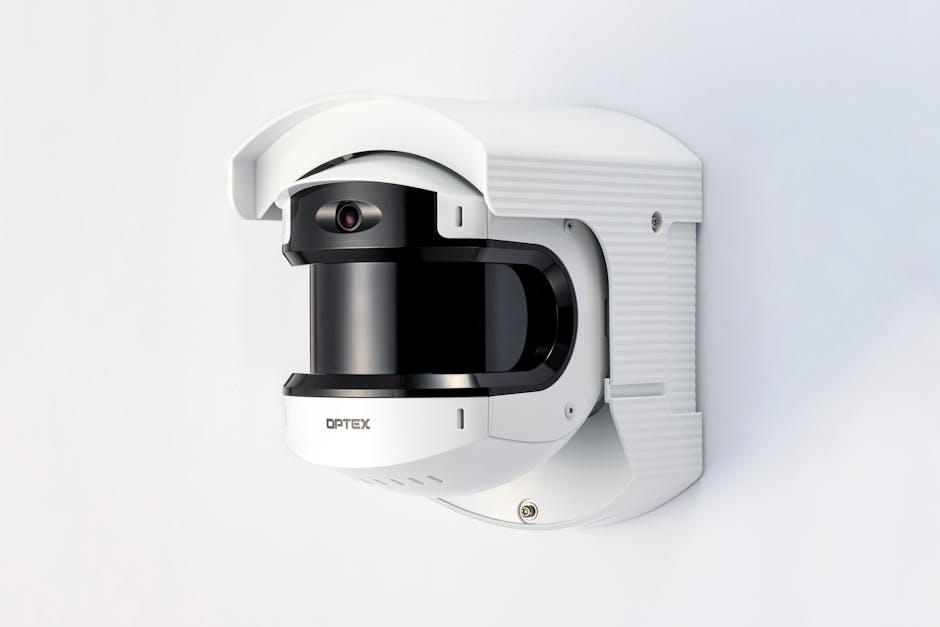Types of Security Cameras Indoor vs. Outdoor
Types of Security Cameras Indoor vs. Outdoor
Blog Article

In today's world, ensuring the safety of homes and businesses has become a top priority for many individuals. One effective way to enhance security is through the use of security cameras. With the plethora of security camera options available, selecting the right one can be overwhelming. This article aims to guide you through the different types of security cameras, essential features to consider, and the price ranges you might encounter while making your choice.
Types of Security Cameras: Indoor vs. Outdoor
When exploring security camera options, it's essential to understand the distinctions between indoor and outdoor models. Each type is designed with specific functionalities suited to their environments.
Indoor Security Cameras
Indoor cameras are typically smaller and designed to monitor the interior of a property. They often feature a sleek design to blend in with home decor. Indoor cameras can be equipped with various features such as two-way audio, motion detection, and the ability to connect to smart home systems. These cameras are ideal for monitoring children, pets, or other activities within the home.
Outdoor Security Cameras
In contrast, outdoor cameras are built to withstand various weather conditions and often come with enhanced durability. They are usually equipped with features such as night vision, higher resolution for capturing clear images at longer distances, and motion sensors to alert homeowners of any unusual activity. These cameras are crucial for securing entry points, driveways, and backyards.
Key Features to Consider When Choosing a Security Camera
With a variety of security camera options available, certain features can significantly impact your decision. Here are some key factors to keep in mind:
Resolution
The resolution of a camera determines the clarity of the footage. Higher resolution cameras provide more detailed images, which can be vital for identifying individuals or events. Look for cameras that offer at least 1080p resolution, as this is generally sufficient for most residential needs.
Night Vision
Night vision capability is essential for outdoor cameras, as it allows for surveillance in low-light conditions. Many cameras use infrared technology to capture clear images even in complete darkness. This feature can be crucial for nighttime monitoring.
Connectivity Options
Security cameras can connect via Wi-Fi or Ethernet. Wi-Fi cameras offer flexibility in placement but may be susceptible to interference. Ethernet connections provide a more stable and reliable option, particularly for outdoor installations. Consider your home’s layout and internet connectivity when choosing a camera.
Price Ranges and Budget Options for Security Cameras
Security camera options vary widely in price. Understanding the budget ranges can help you make an informed decision based on your needs and resources.
Budget-Friendly Choices
For those on a tight budget, there are several affordable options that still offer essential features. Basic indoor cameras may start at a lower price point, making them accessible for many households. While these models may lack some advanced features, they can still effectively enhance security.
Mid-Range Options
Mid-range security cameras typically offer a balance of features and quality. These models often include enhanced resolution, night vision, and better connectivity options. They are suitable for those looking for reliable performance without breaking the bank.
Premium Options
For individuals seeking top-tier security solutions, premium options provide advanced features such as 4K resolution, artificial intelligence capabilities for better motion detection, and comprehensive integration with smart home systems. These cameras are ideal for those who prioritize security and are willing to invest in high-quality equipment.
Choosing the Right Camera for Your Needs
When evaluating security camera options, it’s essential to consider your specific needs and circumstances. Assess the areas you wish to monitor, the level of detail required, and your budget. By understanding the different types of cameras, their features, and price ranges, you can make a well-informed decision. For professional assistance with installation and setup, consider reaching out to experts in the field who can help tailor a security solution to your unique situation. You can find more information on professional security camera installation here.
In conclusion, whether you choose an indoor or outdoor model, understanding the fundamental aspects of security cameras can help you enhance your safety and peace of mind. Take the time to explore your options and select a camera that fits your requirements and lifestyle.
Report this page